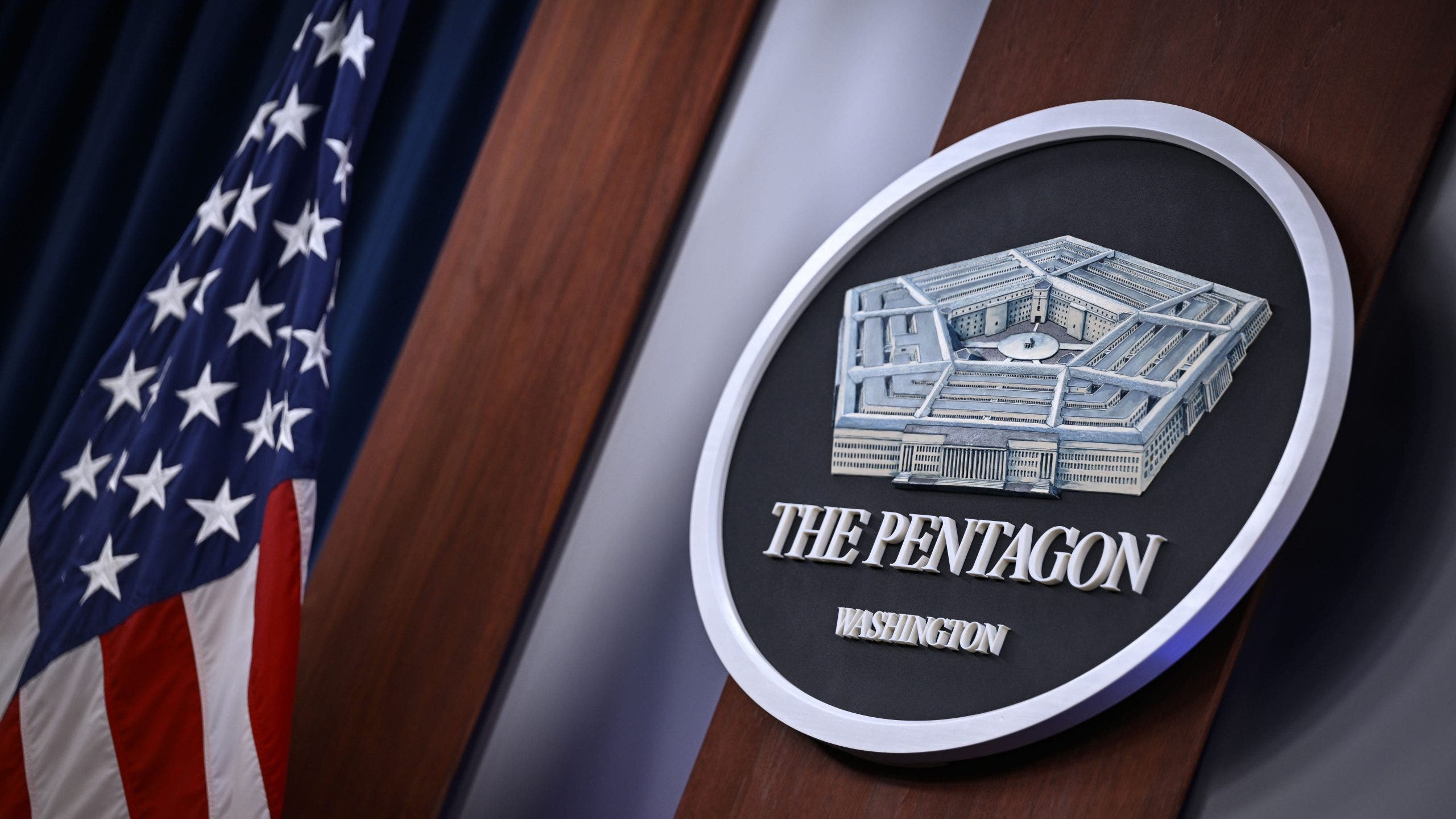How Dry January Impacts Your Skin
:max_bytes(150000):strip_icc()/GettyImages-2152987746-fotor-2025010317943-04770613abc049d4be84778d6c1ea503.png)
You’re probably not thinking about skin health when you’re out with friends enjoying a glass of wine. But if you’re looking to improve your glow in the new year, experts emphasize you may want to reduce your alcohol consumption. And there’s no better time to start than during Dry January, which has surged in popularity as more people adopt a wellness-focused lifestyle. According to 2024 data from Civic Science, a quarter of Americans over the age of 21 participated in and successfully completed Dry January—an increase from 16% in 2023.
“Alcohol can cause inflammation and disrupt your skin and hair’s hydration and repair processes,” says Mona Gohara, MD, a board-certified dermatologist and an associate clinical professor at Yale School of Medicine. “By eliminating alcohol, your body rehydrates, inflammation settles down, and repair systems kick into high gear, resulting in healthier skin and hair,” says Dr. Gohara.
Ahead, a look at how alcohol can affect your appearance, along with helpful tips on how to survive—and thrive—during Dry January.
Meet the expert
· Mona Gohara, MD, is a board-certified dermatologist and an associate clinical professor at Yale School of Medicine.
· Kristy Baumann, RD, is the owner of Kristy Baumann Nutrition, LLC.
· Sarah Akram is a licensed master esthetician.
· Theo Rutherford is a certified sommelier and director of wine and spirits education at Deutsch Family Wine & Spirits.
· Pauline Idogho is the CEO and founder of the Mocktail Club.
· Steve Jackson is the founder of Society De La Rassi.
· Vanessa Royle is a co-founder of Tilden.
· Katie Lee Biegel is a co-founder Kind of Wild Wines.
How Alcohol Impacts Skin
Alcohol dehydrates the skin, leaving it dull, dry, and prone to fine lines and wrinkles. “It acts as a diuretic, pulling water from the body while also dilating blood vessels, causing redness and worsening conditions like rosacea,” says Mona Gohara, MD, a board-certified dermatologist and an associate clinical professor at Yale School of Medicine. “In addition, alcohol can worsen inflammation, causing a breakdown in collagen—the protein that keeps skin firm and smooth—which can lead to sagging skin and a rough texture. Poor sleep, another side effect of drinking, reduces your skin and hair’s time to repair and regenerate overnight.”
How Alcohol Impacts Hair
Alcohol can dry out the hair just like it does the skin. “It dehydrates the scalp, causing flakiness, while stripping strands of moisture and shine,” shares Dr. Gohara. “Over time, this can lead to brittle hair and slow growth.”
“Alcohol depletes important nutrients like zinc and biotin that are essential for healthy growth,” adds Kristy Baumann, RD, owner of Kristy Baumann Nutrition, LLC. “It can also reduce blood circulation to the scalp, impairing follicle health and leading to hair thinning.”
How Dry January Positively Impacts Skin and Hair
Within weeks of eliminating alcohol from your diet, your skin will look plumper and more radiant. “You’re restoring hydration, so you’ll also notice less redness and puffiness,” says Dr. Gohara. “You may also experience fewer breakouts as inflammation calms down,” adds Sarah Akram, a licensed master esthetician.
Once you quit drinking, wrinkles, fine lines, and dark circles may appear less pronounced due to greater moisture retention and better sleep. “Improving sleep quality boosts immune function, helping with skin repair,” says Baumann. “As for your hair, you may see improved strength, shine, and less breakage as your body replenishes essential nutrients.”
Unfortunately, these changes can revert back once alcohol is reintroduced. “Dehydration, redness, and texture issues often return,” says Dr. Gohara. “Staying alcohol-free will help maintain your glowing results.”
Additional Health Benefits of Quitting Alcohol
Giving up alcohol can lower your blood pressure, reduce fat levels called triglycerides (whose high levels can raise your risk of heart disease and stroke), and help you lose weight. It can also reduce your chances of liver problems. The World Health Organization (WHO) has advised no level of alcohol consumption is safe, noting it can increase the risk of certain cancers.
“You may also notice a reduction in anxiety and an increase in energy and mental clarity which will create a healthier glow inside and out,” says Akram.
Tips for a Successful Dry January
After the indulgences of the holiday season, many people are ready for a reset—and that’s where Dry January comes in. “This month-long initiative invites you to press pause on alcohol consumption for thirty-one days, giving your body and mind a well-deserved break,” says Theo Rutherford, a certified sommelier and director of wine and spirits education at Deutsch Family Wine & Spirits. “It also gives you the chance to recharge your energy and prioritize wellness.” Dry January started in 2013 as a small initiative by Alcohol Change UK, but it quickly gained global momentum and today millions of people have embraced this movement, making it the perfect way to kick off a healthier start to the new year.
Staying committed to Dry January starts with setting clear goals and finding motivation to keep you inspired throughout the month. “A great way to stay on track is to keep things fun,” says Rutherford. “Just because you’re limiting your alcohol doesn’t mean you can’t still enjoy your favorite celebratory drinks and pairings with some awesome non-alcoholic options on the market.” Agrees Vanessa Royle, a co-founder of Tilden, “Some people struggle during Dry January and stay home for most of the month, not wanting to be tempted by cocktails at the bar. Thankfully, we’re seeing a huge increase in restaurants, bars and event venues that have non-alcoholic menus.”
Attaching specific health objectives to your Dry January commitment, such as improving sleep, increasing energy, or enhancing mindfulness, can be beneficial, says Pauline Idogho, the CEO and founder of the Mocktail Club. “Having clear goals can help keep you motivated throughout the month while involving others in the challenge can provide encouragement and accountability. And remember, don’t be hard on yourself if you have a drink during the month. Acknowledge it and get back on track. Remember, the goal is progress, not perfection.”
“The ritual of having a drink is so intertwined culturally in how we celebrate, connect, and even relax,” says Steve Jackson, the founder and creative director at Society De La Rassi. “In January, create a dopamine menu featuring ways you can have fun experiences sans alcohol. Join a dance or book club to meet new people or draw a bath, light some candles, and read your favorite book with a cup of tea. “Try elevating your glassware and garnish to make non-alcoholic drinks feel like sophisticated cocktails,” adds Idogho.
After January, set yourself up for success by reading labels and making better choices with cleaner alcohol, advises Katie Lee Biegel, co-founder Kind of Wild Wines. “Wine, for example, can have many additives, including coloring and flavor enhancers, not to mention a ton of sugar.”
In Summary
Taking a pause on alcohol for the month of January (or longer) will provide you with better-looking skin and hair as well as other important health benefits, including better sleep and a stronger immune system.
Frequently Asked Questions
-
Are there any beauty side effects to going cold turkey on alcohol?
There may be a brief adjustment period, with skin looking dull as it detoxifies. “But this is only temporary,” says Dr. Gohara. “Over time, the benefits of quitting alcohol far outweigh this minor reset.”
“It’s possible you’ll also see temporary skin breakouts as your body detoxifies,” adds Baumann. “These usually subside quickly.”
-
What is Damp January?
Over the last few years, Damp January—a reduction but not a complete renunciation of alcohol during the month—has gained popularity. “My feeling is whenever you cut something out entirely, whether it’s carbs, sugar, or alcohol, it can be difficult to think about anything else,” says Biegel. “For some, a Damp January creates the opportunity for more attainable goals.”
-
What does low-alcohol mean?
The key difference between low-alcohol and no alcohol beverages lies in the alcohol by volume (ABV) content, with low-alcohol options containing less than the typical amount of alcohol. “Low-alcohol drinks are generally made through the same fermentation processes as regular alcoholic beverages, but the production methods are adjusted to limit the overall alcohol content,” says Rutherford. That means stopping the fermentation early or blending with non-alcoholic bases. “These drinks aim to provide a middle ground between traditional alcoholic beverages and fully non-alcoholic options. They’re a great option for anyone looking to moderate alcohol intake or zebra stripe—where you alternate between alcoholic and non-alcoholic drinks while out,” says Jackson.
link







